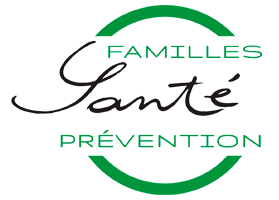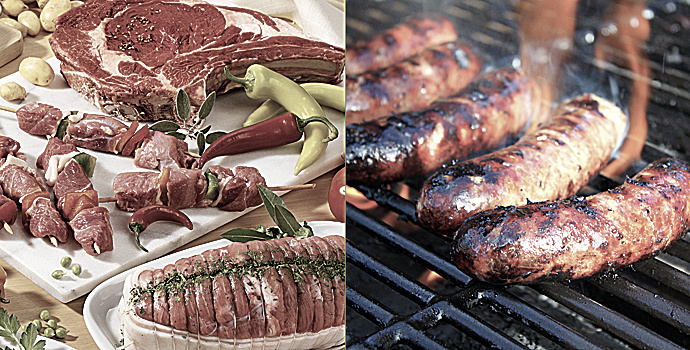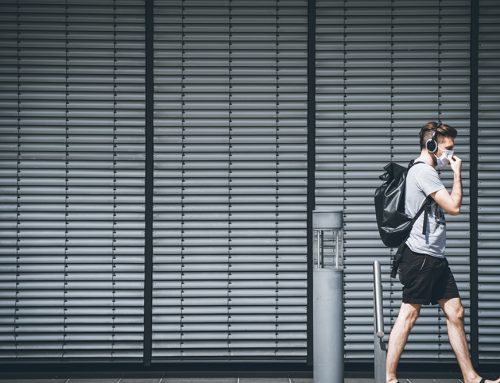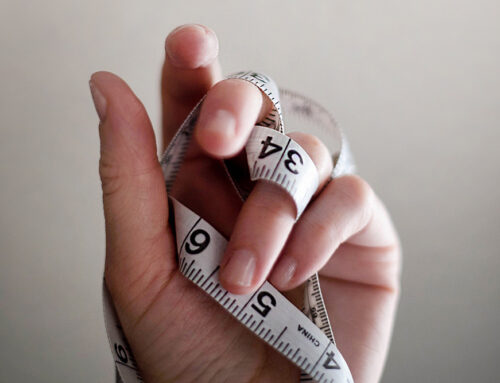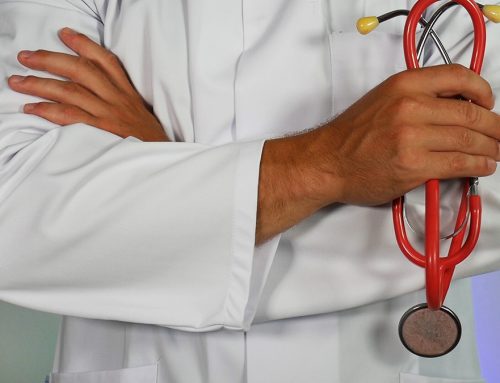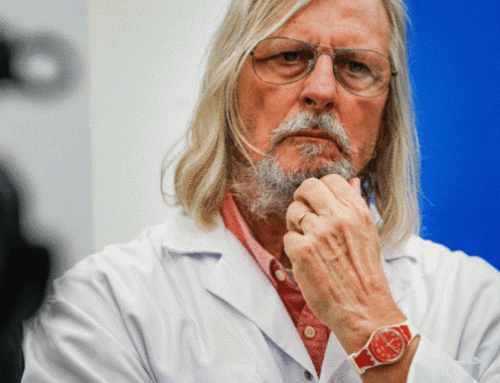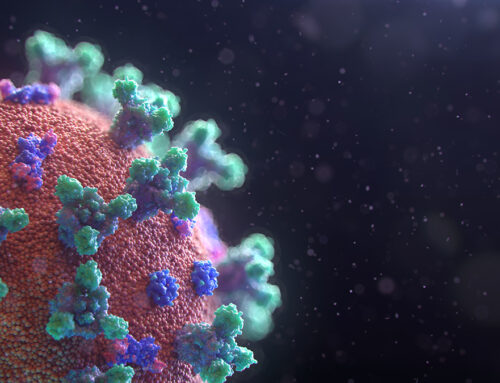Letter No 5 of the Professor Henri Joyeux – 15th of April 2014
Few men and medical doctors, urologists and family practitioners alike, are knowledgeable about the multiple causes of prostate cancer. Let us just say that they are not very interested in it. In all European universities, future doctors are trained to make diagnoses and devise the best treatments. Prevention, which thousands of years ago was the main goal of Chinese medicine no longer seems to be part of the mission of the medical doctors and surgeons of the 21st century. Nonetheless, this is what the general public is increasingly impatiently looking for.
Thankfully, things are changing. Healthcare is too expensive and is plummeting national budgets of so-called hyper-developed countries. In reality, these countries are late to face the challenges announced in developing countries. These countries have understood that they should not let financially costly technologies ruin them. They already are developing prevention. They are trying to understand why what are called “lifestyle diseases” are invading the planet, more specifically in developed countries. The cancer we are talking about today, prostate cancer, creates 70,000 new cases every year in men of increasingly younger age in France. The World Health Organization reports an estimated 1.1 million new cases per year, 37.5 percent of which are being reported in Europe and 23.4 in North America. (WHO Cancer Report 2014, p. 454).
Public prevention measures generally include screening, because policy makers know that diagnosing a cancer early significantly improves the prognosis and involves treatments that are less aggressive.
However, to an oncologist that seeks most efficient means to reduce the number of new cases, and who has been observing for thirty years the significant changes in general nutrition habits and their dire consequences on our bodies, including when it comes to cancer, screenings alone cannot suffice.
Thirty years ago, it was easy to tell, just by looking, what person was or wasn’t sick. Today, everything is changed. At every appointment, the doctor must ask the persons in the room who is sick: husband or wife? Grandma or the child? That is especially the cases for men, who enter the room and look in very good shape and announce: “Doctor, I have prostate cancer”.
In order to remember and apply prevention advice, one has to know the profile of the prostate cancer patient, that varies with his age.
For Patients of 80 and More, No Panic
For men of more than 80 years of age, seeing a sudden rise in the key prostate cancer tissue marker PSA (Prostatic Specific Antigen) should not make you panic. You should not panic either if you read biopsy results entitled « adenocarcinoma of the prostate » with a Gleason Score of 3+3 or 4+4. At this age, this type of cancerous lesion evolves very slowly so long as metastases – in particular bone metastases – do not develop. However, we will see that even for that age group, it is useful to know the different causes that led to the development of this disease so they can be suppressed by the patient in order to avoid recurrences.
Carcinogenesis of prostatic tissue can stem from several causes, which one can discover by systematically questioning the patient. The first cause is natural aging, although even today a 80-year-old can be in excellent physical and mental shape, play tennis and have a love life and mutually satisfying sexual intercourse.
The 80-year-old patient may have been smoking for 15 to 20 years, even if he stopped many years ago. He may be carrying an excess weight of 10 to 20%, and have nutritional habits involving an abundance of red meats, dried sausage and other meats high in saturated fats, as well as dairy ( 3-4 servings a day), which involves cow milk, yogurt, cream or butter, and more than ¼ liter or 8 ounces of wine per day. To all this you can add habits of having alcohol several times a week or even every day. Generally this patient has not been maintaining athletic habits for many years, perhaps since early married years.
Prostate Cancer Under Eighty
Cancer in such patients is more serious, and the prognosis is more severe. It can touch much younger men, around 50 years of age and even younger. The first question that one must ask today is whether the patient practiced doping in sports in his early years, for example while bodybuilding. The youngest prostate cancer patient in this cancer’s classic form was only 39, he was very knowledgeable of fitness rooms and of all products being consumed in a context of body building competition, very far from intellectual stimulation.
When questioning the patient, one will often hear of occurrences of prostatitis, i.e. an infection or inflammation of the prostate in younger years, or more recently. One should know that the treatment of infections or inflammations of the prostate are difficult, which makes frequent recurrences likely. Such events create chronic trauma for the prostatic tissue, which can be said to age prematurely.
To these two causes, you can add bad feeding habits that cause excess weight and are often correlated with a lack of physical activity involving sweating. Sweating could help getting rid of great quantities of excess fat – which is famously carcinogenic – and strengthen one’s musculoskeletal system.
Feeding Habits That Increase Risks of Prostate Cancer
What are these bad habits? These concern mostly a lack of moderation in the consumption of the following foods:
- Too much red meat, sausages, and meats high in saturated fats (several times a week) ;
- Too much cow dairy products such as butter, yogurt, cheese, cream, and long-life UHT milk, which contain growth factors that nature meant for an animal that is much bigger than we are. Our parents and grandparents used to boil their milk. They did know that by doing that, they were sterilizing it. But they did not know that they also were destroying all growth factors that were not meant for humans anyway. Today, the milk industry simplified the process by sterilizing at very high temperature ( UHT process) . But this fast process does not leave the time for the growth factors to be neutralized. Hence, they are still contained in the product we ingest, and no one is able to tell us what is the concentration of growth factors contained in this or that dairy product, from the most liquid to the most solid.
Have you noticed that we are the only adult mammals that still drink milk under many different forms ? Marketing praises the many virtues of dairy, including taste and health advantages. Most of the time, this information is false, or half true, and deceiving. They assure you that their products will help prevent osteoporosis, cardiovascular diseases, or diabetes. This is false.
- Patients consume too many sweet drinks, whether they contain real sugar or calorie-free sweeteners. These drinks overstimulate our pancreas for no good purpose;
- Patients overcook their food, often for a long time and at high temperature. Cooking in this way transforms complex sugars into simple sugars, which accumulate in our body in the from of carcinogenic fats. They also overcook animal and vegetable fats, transforming them into products that are directly or indirectly carcinogenic (benzopyrenes, nitrosamines).
To these bad nutritional habits, you can add:
- An excess in alcohol consumption: Beware not to consume too much wine, cooked wine as aperitif, whisky, Ricard, Gin, Vodka and the like. Consuming one glass of wine at each meal is alright. When it comes to hard alcohol, one per month, or 12 per year are sufficient;
- Patients have either smoked too much or breathed too many toxic fumes from their environment. Such fumes only weaken our defenses and add up to other causes.
To be comprehensive, we should add stress to the risk factors. However it is difficult to assess its impact. Indeed, when a patient comes to a consultation, he is naturally anxious about the cancer diagnosis that he was given. When questioning the patient, the doctor will be on the lookout for acute stress in his patient, such as a psychological traumas (loss of a loved one, a job, a serious accident…) or more chronic types of stress, or even more nervous personality types.
Overall, it is the sum total of all risk factors that lead to contracting prostate cancer [1].
What You Can Do Today
Now you have an idea of what you should do. Read this letter several times, forward it to your friends, or their wives or partner, as well as to your male doctor. Also, doctors need to do this test to be knowledgeable about their own risk factors. They do not want to be victims of a prostate cancer, particularly since they know of all the consequences treatments can have on the urinary system, and sex life. We will talk about these further in a next letter.
I also want to encourage you to go further right now. In order to determine what risks you are exposed to that could lead to prostate cancer, we created a reliable test, that is also free and quick. You only need to go onto my blog at www.professeur-joyeux.com and you will find it under Cancer-Risks and will find out within a few minutes where you are at. You can fill up the questionnaire in less than 10 minutes. Along with the results colored along a green to red color code, you will receive some advice to help you reduce the risks without delay.
Best regards,
Professor Henri Joyeux
Source
[1] The factors causing prostate cancer are explained more in details in our book: Professor Henri Joyeux et Doctor HM Hay, “Changez d’Alimentation” (“Change the Way You Eat”, 7th Ed., Le Rocher, 2012).
La Lettre du Professeur Joyeux is an independent and free information service est un service. It specializes providing the wider public and families with disease prevention information. Click here to subscribe to the letter.
This health advice is provided free of charge by this organization and cannot be considered as personal medical advice. No treatment should be initiated solely on the basis of this content. It is strongly advised to consult a properly licensed health professional to seek responses with regard to one’s health and well-being. No information or product mentioned on this website is meant to diagnose, treat, atone or cure a disease.
You have a Personal Health Question ? ( Confidential response) or you wish to enjoy our exclusive services?
Become an exclusive member of our association for one year by clicking HERE.
